Marathon II Lawn care - Coastal Southern California
Nick L
5 years ago
Featured Answer
Sort by:Oldest
Comments (31)
dchall_san_antonio
4 years agolast modified: 4 years agoNick L
4 years agoRelated Discussions
Southern California Front Yard: Desperate for HELP!
Comments (28)Lamenting the need to get rid of a good looking plant doesn't equal a suggestion to keep it. The Ficus could be hard-trimmed ruthlessly, but a human would resent that a plant had turned them into a slave ... when it's supposed to be the other way around. I agree with catkim that a different tree would be a better choice, all things considered. "I assume that a walkway the visually greets guests from the sidewalk would appear more welcoming than one that leads from the driveway... Do you think that I'm incorrect in this assumption?" edit: Oops ... I meant, in a word YES! (to the question about the assumption.) You should create a walk that looks like it makes the best sense for the overall property ... and a walk directly to the city sidewalk is not necessarily more welcoming. You might not want to duplicate what exists a mere few feet away. Much of it depends on the geometry of how a walk would be laid out, it's width, materials and/or finishes. I'm not saying a separate walk directly to the city walk would look bad, but that it might not be an improvement over one that ties to the drive. It depends on all the factors involved. You might explore similar houses in the neighborhood to see if others have come up with successful variations. This post was edited by Yardvaark on Sun, Oct 27, 13 at 12:25...See Moremarathon II seed growing very narrow blades
Comments (2)Thanks for commenting Dchall - You're not far off... especially from where i was when i laid the sod 5 years ago and installed the sprinklers. Nowadays in winter and spring i water once a week for 20 mins per zone. Last year (prior to finding this forum) i was watering in the hotter/dryer season 4 days a week for 15. As far as feeding and etc. get ready to throw up, i've been using scotts weed and feed, the yellow bag and the all purpose scotts grass insecticide in the orange bag. Go easy on me, i really had no idea that i didn't know how to take care of a lawn until i started reading this forum....See MoreMangosteen in Southern California
Comments (45)The problem with the Los Angeles plant is that it wasn't in perfect healthy going into winter. It didn't have many leaves to start with. If the experiment fails..you will still wonder if a healthy plant would survive since we have had a extremely mild winter for lows so far. El Nino has bumped up night temps....See MoreWhich sod for Southern California lawn
Comments (0)We moved into our house about six years ago and inherited a front lawn comprised of several different types of grass, clover, and weeds. There was a 30 year old brazilIan pepper tree on the north side that died the following year. We then had a gopher issue for a few years which has finally cleared up, so now we are looking to smooth out the ground with new soil and install sod. We have approximately 1,000 sq ft to cover. The front of the property has a tall 8ft ficus hedge, and about 10ft back from the hedge sit two large sycamores, about 30ft tall each with a wide spread to each property line. The yard gets pretty good sun, with shade under the trees, and two spots of deep shade at the corners of the hedge. A local landscaper recommended St. Augustine, and my cousin, also a landscaper, recommended any type of fescue. We want to get a sod and install it early February. We are by the coast in Laguna Beach. My neighbor has Marathon II in her yard and it stays green year round under her mature sycamore. We were planning on Marathon I, but I wanted to see if anyone else had any suggestions. We’d like something green year round if possible. Also, we’re going to cut the ficus hedge back by about 50% when we lay the sod so allow maximum light. The hedge has become leggy so it will be sparse after the cut. The trees will stay bare for another month or so after that, so the sod will get a lot of sun (weather permitting) during that first month or so....See Moredchall_san_antonio
4 years agoNick L
4 years agodchall_san_antonio
4 years agoNick L
4 years agodchall_san_antonio
4 years agoNick L
4 years agodchall_san_antonio
4 years agolast modified: 4 years agoNick L
4 years agodchall_san_antonio
4 years agoNick L
4 years agoNick L
4 years agodchall_san_antonio
4 years agoUser
4 years agoNick L
4 years agoNick L
4 years agodchall_san_antonio
4 years agoNick L
4 years agodchall_san_antonio
4 years agoNick L
4 years agoUser
4 years agodchall_san_antonio
4 years agokaplang61
3 years agoUser
3 years agodchall_san_antonio
3 years agoTracy Colleen
last yearlast modified: last yeardchall_san_antonio
last yearTracy Colleen
last yeardchall_san_antonio
last year
Related Stories

LANDSCAPE DESIGNCalifornia Says Goodbye to the Sprawling Ornamental Lawn
New state rules will effectively limit turfgrass to 25 percent of the landscape in most new and renovated yards
Full Story
INSPIRING GARDENSNative Plants Bring 10 Southern California Front-Yard Gardens to Life
Rare plants, rain gardens and wildlife habitats are just a few of the features showcased on the 2016 Theodore Payne Native Plant Garden Tour
Full Story
PLANTING IDEASGorgeous Plants for Mild-Climate Coastal Gardens
These trees, shrubs, grasses, perennial flowers and succulents thrive in sandy soils and sea air
Full Story0

GARDENING GUIDES10 Top Native Plants for Northern California Gardens
Enjoy a fuss-free, water-wise garden by growing plants naturally in tune with the climate and wildlife of Northern California
Full Story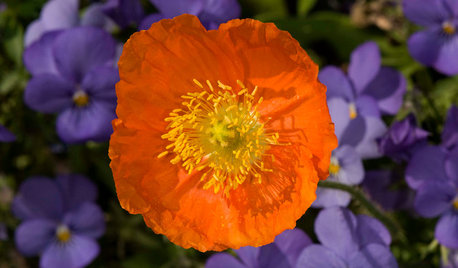
GARDENING GUIDESNorthern California Gardener's September Checklist
Welcome to the best season for planting just about everything, and for tackling major landscaping projects to boot
Full Story
LANDSCAPE DESIGN15 Great Ideas for a Lawn-Free Yard
End the turf war for good with hardscaping, native grasses and ground covers that save water and are easier to maintain
Full Story
SAVING WATERHouzz Call: Are You Letting Go of Your Lawn?
Many facing a drought are swapping turf for less thirsty plantings. If you’re one of them, we’d like to hear about it
Full Story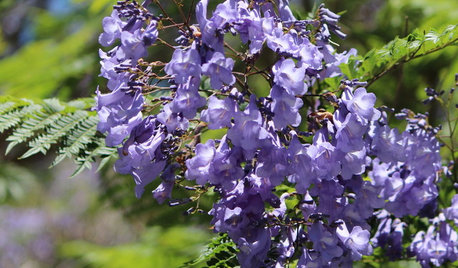
CALIFORNIA GARDENINGCalifornia Gardener's July Checklist
Bite into tree-fresh apricots, inhale delightful garden perfumes and continue planting vegetables for a late-summer harvest
Full Story
GARDENING GUIDES5 Great Grasses for a New Lawn
Learn about maintenance, wear tolerance, ideal climate and more for these top turf choices to pick the right one for you
Full Story
REGIONAL GARDEN GUIDESCalifornia Gardener's March Checklist
Give natives and tropicals a well-deserved spotlight — plus, discover an easy herb that keeps on giving
Full Story


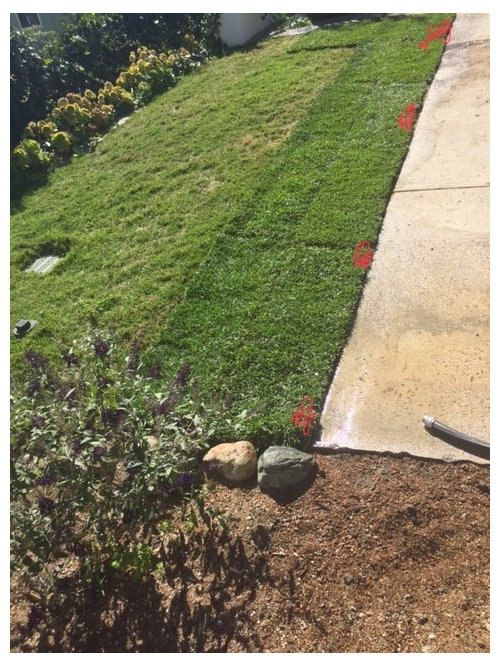
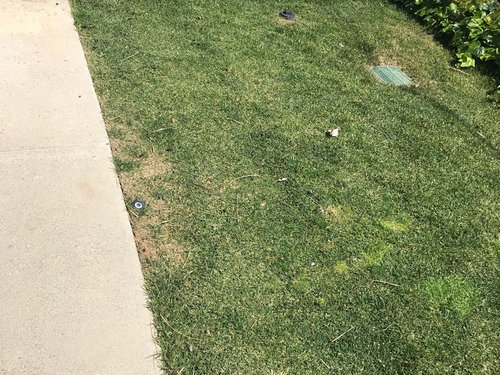
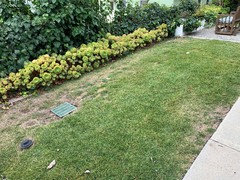
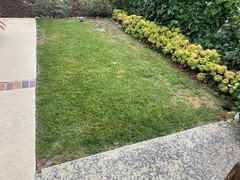
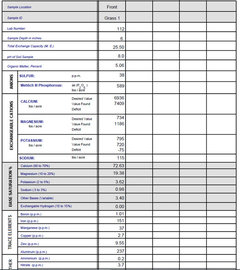
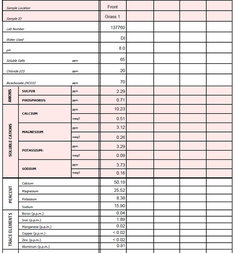
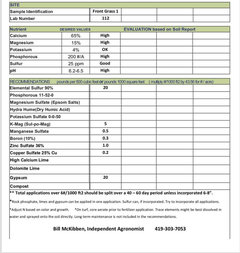
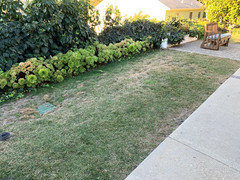
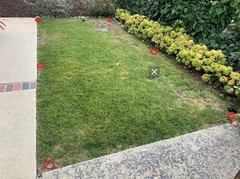
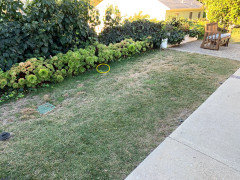
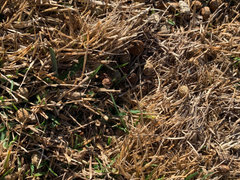
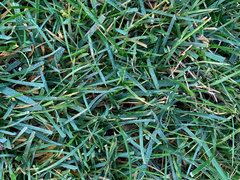
Nick LOriginal Author